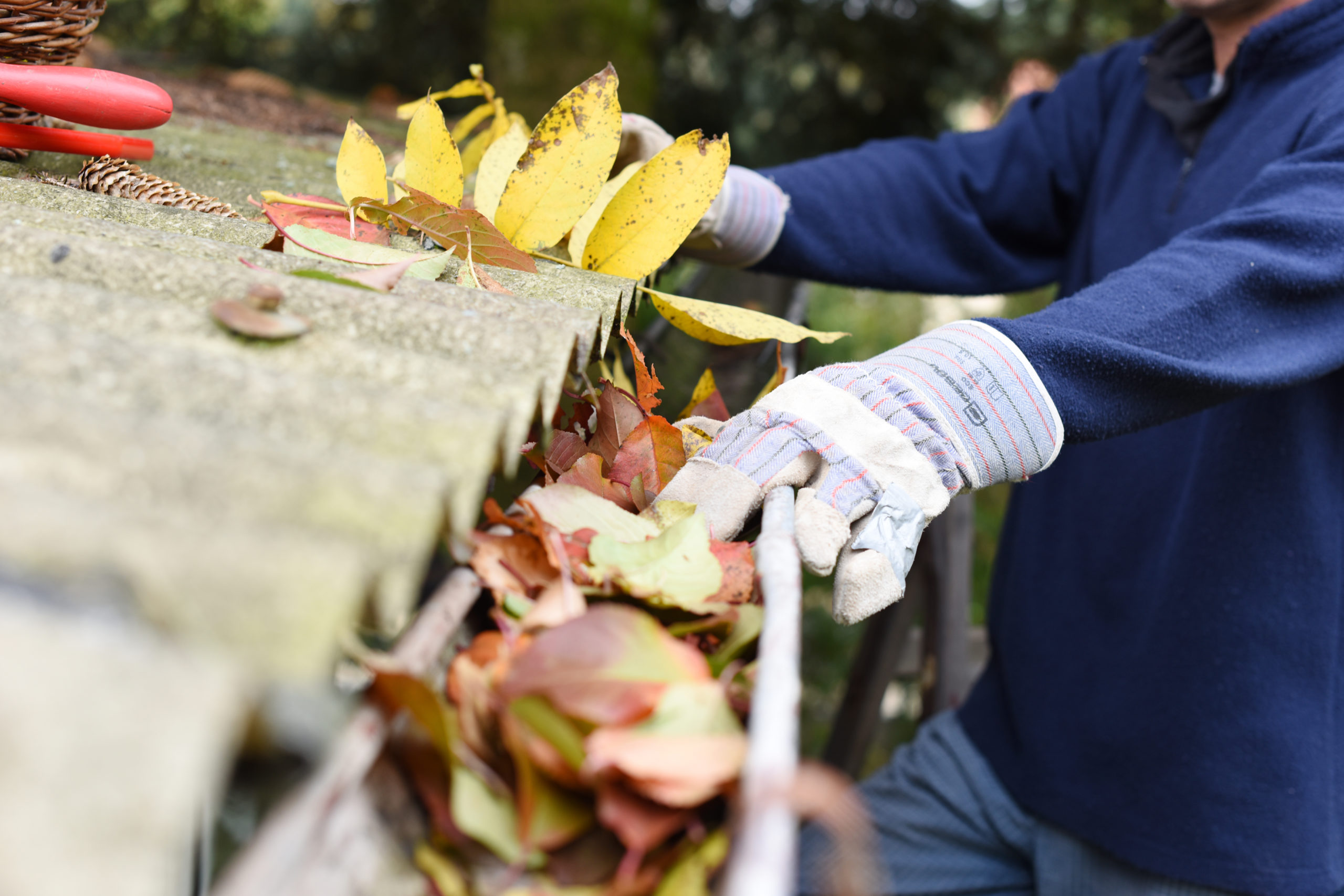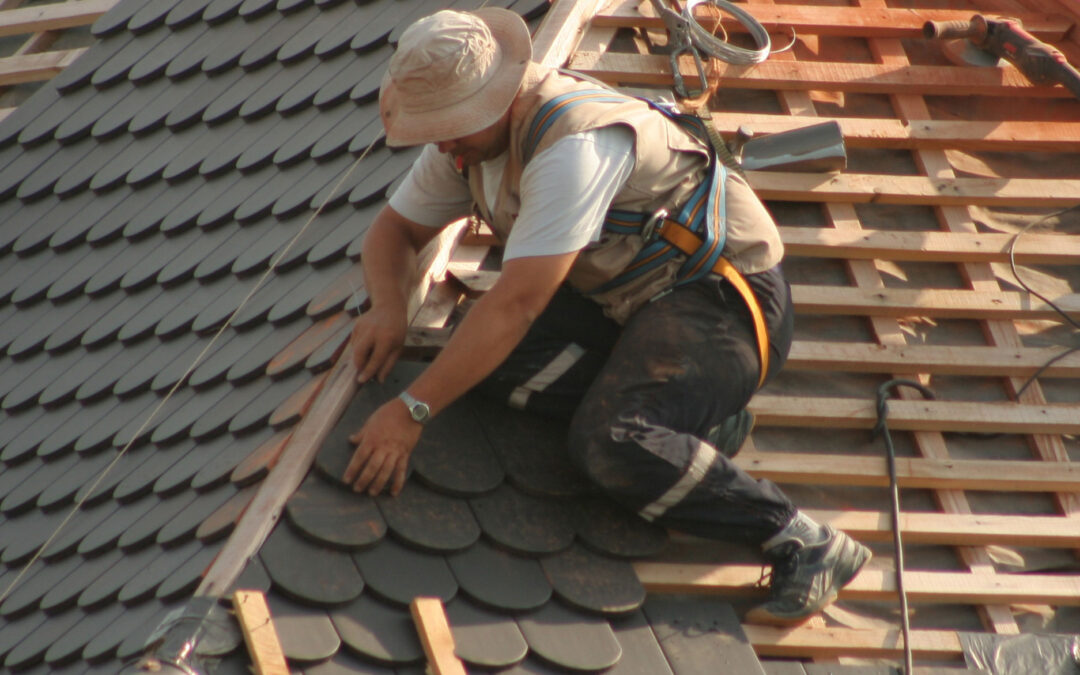Spring Cleaning: Roof Checklist

Spring cleaning around the house is on everybody’s radar as the weather begins to warm. After a long winter, it is important to include your roof in your spring cleaning routine. Here is a complete spring cleaning roof checklist to ensure a healthy roof for your home.
Inspect the shingles
Your first priority is to check on your roof’s shingles. These form the protective layer over your roof making them most susceptible to wear and tear. These are the most common shingle problems for residential roofs:
- Missing shingles: shingles might get torn up from falling branches or intense winds. Uncovered sections of your roof become vulnerable to molding and rotting.
- Curling shingles: shingles might start to curl from excessive wind or rain damage. Improper installation or poor ventilation might also cause shingles to curl. Curling shingles might eventually blow away or expose small sections of the roof. It is important to get them repaired or replaced immediately.
- Check for moss: Moss grows in wet, damp environments. Moss on your roof is a sign of poor ventilation or leaks.
Stained shingles: Stained shingles can also be warning you of a poor ventilation system or a major leak. Look for stains on individual shingles or streaking across several. If stains are found, a professional inspection can help confirm the problem. - Buckling & Blistering shingles: These problems occur when moisture begins to build up in the shingles or underneath the shingles. They can lead to structural damage and other roofing problems. But, because they are hard for the average person to spot, it is best to have a professional inspector take a look for these as well.
Cut Overhanging Tree Limbs
Check nearby trees to see if growth or weather has pushed branches near your roof. Branches can rub against shingles and wear them down or rip them up completely if left alone. Other branches that are nearby might break and fall on to your roof causing other issues. Trim the branches down to avoid any unnecessary problems.
Also check for aging trees. If you have a tree nearby that is starting to lean or lose large branches, you might consider trimming that one down further, if not entirely. If it is a neighbor’s tree, consider having a conversation with him or her to see if anything can be done as well.
Clear the gutters
Winter can be tough on your gutters. Snow build up or wind can cause damage to the structure of your gutters. Leaves, pine needles, and other debris can also start to build up. Clean out your gutters and remove any such debris from your roof so they don’t end up in the gutter later. Run a hose through the drainage system to make sure water flows properly. Clear out any dysfunctioning drainage – debris often starts to build up in the gutter pipes. If debris cannot be cleared, it is best to replace parts of the gutter entirely then. Repair or replace any damaged gutter guards as well.
Check Your Attic
The attic is often forgotten about when conducting roofing inspections. Inspecting the underside of the roof can reveal weak spots in your roof. Look for spots where light shines through. Check for water damage and mold growth. You might not always see the problem; however, mold and other water damage might carry a smell. This should not be ignored. Professionals can help ensure problems are taken care of.
If you’d rather leave it to the professionals. Give Universal Roofing a call!
Common Signs of a Damaged Roof


Roof damage can expose your house to the elements, vermin, mold, mildew, and so much more. Before a simple repair becomes a full-blown replacement, it’s important to keep your eyes open for signs that could indicate a problem with your roof. Below are some of the signs and signals that could indicate an issue with your roof.
Moisture in the Attic:
The attic is a space that will hold water in little pools or dripping down the walls. Severe weather like rain, snow, hail, or even heavy winds can create opportunities for moisture to seep into your attic and allow mold to start growing. It’s a good idea to check your attic after large storms to ensure no water is getting through and causing additional damage. Roofing issues can go unnoticed for a while because the damage is happening in the roof, a place that can often be forgotten.
Peeling or Cracking Paint:
It’s normal for older houses to have some faded paint or even some peeling if the house hasn’t been updated in a while. But, if you start to see areas of paint damage that continue to grow this can be a sign of moisture issue indicating a leak in your roof.
Water Stains on the Ceiling:
Surprisingly, one of the most common signs of roof damage is one you can see from inside your house. Water stains on ceilings are a huge indicator of leaks coming from the roof. If the leak goes unnoticed or unresolved, it can begin to cause other issues in the house like mold.
Mold is often hard to detect but if the issue goes unnoticed, you not only need to repair your roof but may also need mold remediation as well. Keeping up to date with professional roof inspections is one of the best ways to prevent roof damage from getting out of hand.
Missing or Damaged Shingles:
This may seem obvious, but you’d be surprised how often homeowners notice missing or damaged shingles and don’t understand the extent of damage they could lead to. Any time you see missing or damaged shingles, you should get a professional roof inspection to ensure that there is no major damage hiding and to keep your roof in the best shape possible.
The best way to protect your roof is to always be proactive. Keep up with frequent professional roof inspections and anytime you notice signs of damage, call your Universal Roofing and Construction right away.

